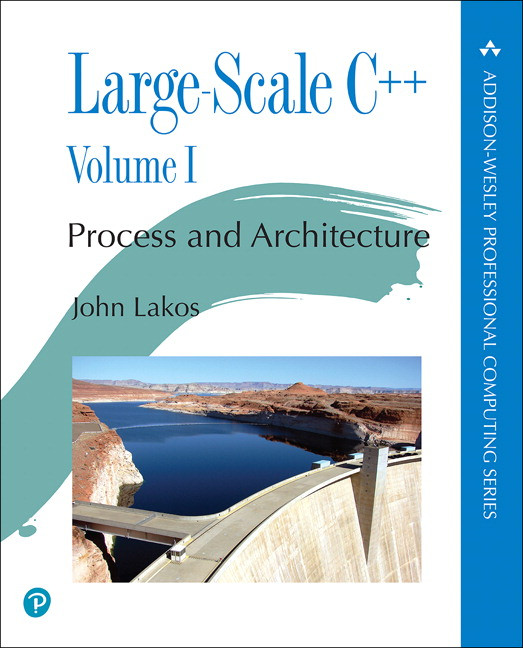

Most ebook files are in PDF format, so you can easily read them using various software such as Foxit Reader or directly on the Google Chrome browser.
Some ebook files are released by publishers in other formats such as .awz, .mobi, .epub, .fb2, etc. You may need to install specific software to read these formats on mobile/PC, such as Calibre.
Please read the tutorial at this link: https://ebookbell.com/faq
We offer FREE conversion to the popular formats you request; however, this may take some time. Therefore, right after payment, please email us, and we will try to provide the service as quickly as possible.
For some exceptional file formats or broken links (if any), please refrain from opening any disputes. Instead, email us first, and we will try to assist within a maximum of 6 hours.
EbookBell Team

4.3
28 reviewsWriting reliable and maintainable C++ software is hard. Designing such software at scale adds a new set of challenges. Creating large-scale systems requires a practical understanding of logical design — beyond the theoretical concepts addressed in most popular texts. To be successful on an enterprise scale, developers must also address physical design, a dimension of software engineering that may be unfamiliar even to expert developers. Drawing on over 30 years of hands-on experience building massive, mission-critical enterprise systems, John Lakos shows how to create and grow Software Capital. This groundbreaking volume lays the foundation for projects of all sizes and demonstrates the processes, methods, techniques, and tools needed for successful real-world, large-scale development.
Up to date and with a solid engineering focus, Large-Scale C++, Volume I: Process and Architecture, demonstrates fundamental design concepts with concrete examples. Professional developers of all experience levels will gain insights that transform their approach to design and development by understanding how to
Raise productivity by leveraging differences between infrastructure and application development
Achieve exponential productivity gains through feedback and hierarchical reuse
Embrace the component’s role as the fundamental unit of both logical and physical design
Analyze how fundamental properties of compiling and linking affect component design
Discover effective partitioning of logical content in appropriately sized physical aggregates
Internalize the important differences among sufficient, complete, minimal, and primitive software
Deliver solutions that simultaneously optimize encapsulation, stability, and performance
Exploit the nine established levelization techniques to avoid cyclic physical dependencies
Use lateral designs judiciously to avoid the “heaviness” of conventional layered architectures
Employ appropriate architectural insulation techniques for eliminating compile-time co